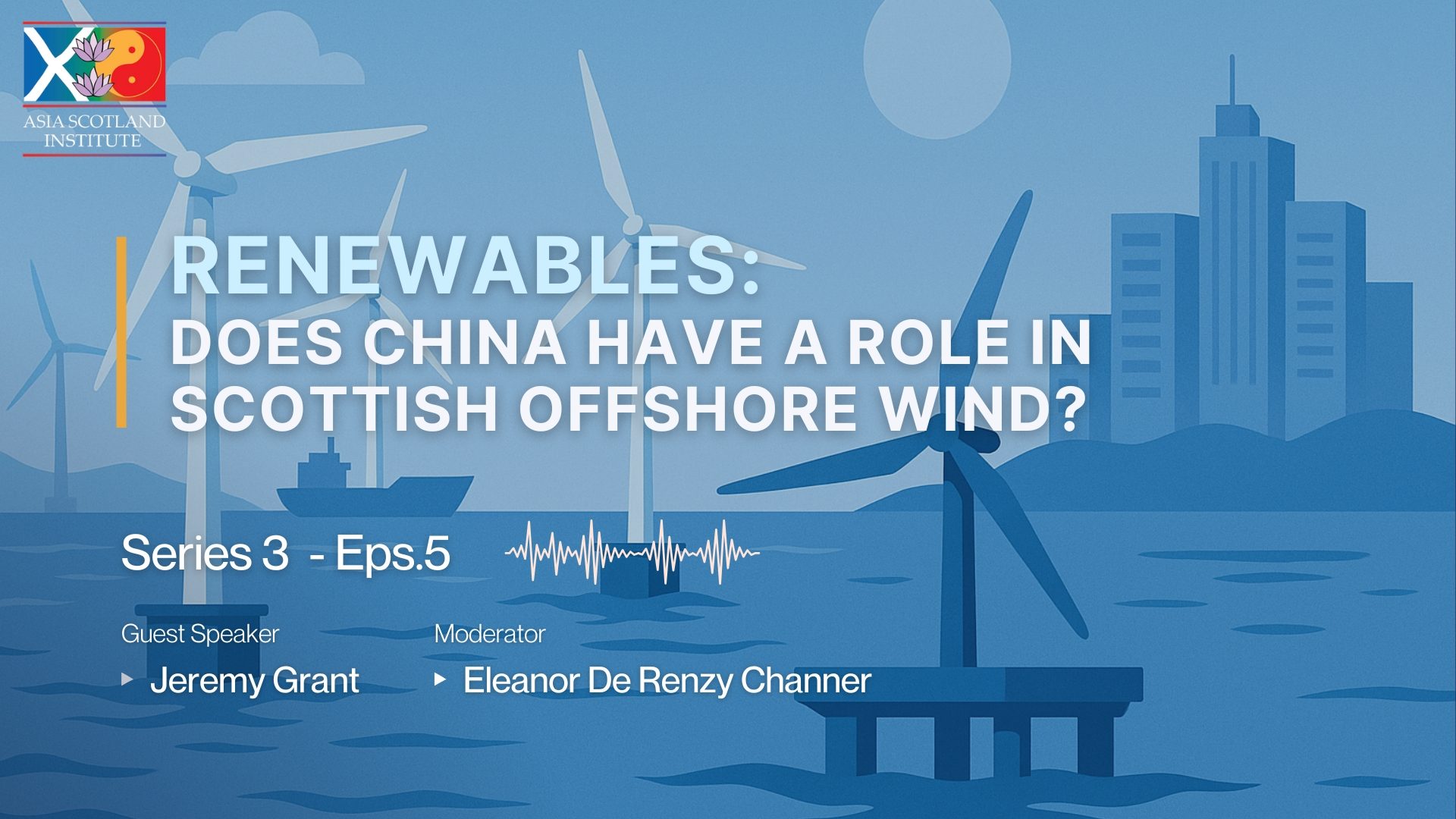India commemorates its 78th Independence Day on 15th August 2024, a significant milestone in the nation’s history. This day marks the end of British colonial rule, which lasted for nearly 200 years, and the beginning of India as an independent, sovereign nation.
Independence Day is a public holiday observed across the country, characterised by official ceremonies, flag hoisting, and cultural programmes. It is a day of national pride, where citizens reflect on the sacrifices made by leaders and common people alike to achieve freedom. Understanding the historical context and significance of this day is essential for appreciating the progress India has made since gaining independence.
Historical Background
The road to India’s independence was long and arduous, marked by decades of struggle against British colonial rule. The British East India Company began its domination in India in the mid-18th century, gradually expanding its control over large parts of the subcontinent. By the mid-19th century, following the revolt of 1857, the British Crown took direct control, establishing the British Raj.
The fight for independence intensified in the early 20th century, with the emergence of key leaders like Mahatma Gandhi, Jawaharlal Nehru, Sardar Vallabhbhai Patel, and Subhas Chandra Bose. The Indian National Congress, founded in 1885, played a crucial role in mobilising public opinion and organising mass movements such as the Non-Cooperation Movement, Civil Disobedience Movement, and the Quit India Movement. These movements, driven by the principles of non-violence and civil resistance, galvanised millions of Indians to demand freedom from British rule.
The culmination of these efforts came in 1947, amidst widespread communal tensions and the partition of India and Pakistan. On 15th August 1947, India was officially declared independent, ending nearly 200 years of British colonialism. This date was chosen by Lord Mountbatten, the last Viceroy of India, to align with the second anniversary of Japan’s surrender in World War II, a day he considered auspicious. The declaration of independence marked the birth of the world’s largest democracy and a new chapter in the history of South Asia.
Significance of August 15th
The choice of 15th August as India’s Independence Day holds both historical and symbolic significance. The date was selected by Lord Louis Mountbatten, the last Viceroy of India, as it coincided with the second anniversary of Japan’s surrender to the Allied Forces during World War II, a victory that played a pivotal role in reshaping global geopolitics. However, for India, 15th August symbolises the culmination of a long struggle for freedom, marked by immense sacrifice and perseverance.
Independence Day not only represents the end of colonial rule but also the beginning of India’s journey as a sovereign nation. On this day in 1947, India’s first Prime Minister, Jawaharlal Nehru, delivered the iconic “Tryst with Destiny” speech, in which he declared that India would awake to “life and freedom.” This speech encapsulated the hopes and aspirations of millions of Indians who had endured years of oppression and hardship.
The significance of this day extends beyond the borders of India. It marks the moment when one of the world’s most populous and diverse nations embraced democracy and embarked on a path of self-governance. The impact of India’s independence resonated across the world, inspiring decolonisation movements in Asia, Africa, and beyond. Today, 15th August serves as a reminder of the enduring values of freedom, justice, and equality that form the bedrock of the Indian Republic.
Traditions and Celebrations
Independence Day in India is celebrated with great fervour and patriotism across the country. The day begins with the Prime Minister’s address to the nation from the ramparts of the Red Fort in New Delhi, a tradition that has been followed since 1947. The Prime Minister hoists the national flag, followed by the singing of the national anthem and a 21-gun salute. This ceremony is attended by political leaders, dignitaries, and the general public, and it is broadcast live to millions of viewers nationwide.
Across India, state governments also organise flag hoisting ceremonies, parades, and cultural programmes. Schools and colleges play a significant role in the celebrations, where students participate in patriotic songs, dances, and speeches. These events aim to instil a sense of national pride and educate the younger generation about the historical significance of the day.
Another integral part of the celebrations is the display of India’s cultural diversity. Folk dances, music, and performances from various states highlight the rich cultural heritage of the country. The day is also marked by the flying of kites, particularly in the northern states, symbolising freedom and the soaring aspirations of the nation.
The Indian diaspora around the world also participates in Independence Day celebrations, organising flag hoisting events and cultural programmes in various countries. This global celebration underscores the importance of Independence Day not just for those living in India, but for all Indians who cherish their country’s freedom.
Independence Day has evolved with the times, and in recent years, digital platforms have become a significant part of the celebrations. Social media is flooded with messages of patriotism, and virtual events are organised to connect Indians globally. This blend of tradition and modernity reflects how Independence Day continues to be a unifying force, bringing together people from all walks of life to celebrate the nation’s freedom.
India’s Progress Since Independence
Since gaining independence in 1947, India has made remarkable strides in various fields, transforming from a newly freed nation into one of the world’s largest and fastest-growing economies. The journey of India’s progress is marked by significant milestones across social, economic, technological, and political spheres.
Economic Growth and Development:
At the time of independence, India was primarily an agrarian economy with limited industrialisation. Over the decades, the country has undergone extensive economic reforms, particularly with the liberalisation policies of the 1990s, which opened up the Indian economy to global markets. Today, India is a major global player with a diverse economy encompassing agriculture, manufacturing, services, and technology. The growth of industries such as information technology, pharmaceuticals, and automotive manufacturing has positioned India as a hub of innovation and enterprise.
Social Progress:
Post-independence, India faced significant challenges in addressing poverty, illiteracy, and healthcare. However, considerable progress has been made in improving the quality of life for its citizens. The Green Revolution in the 1960s helped India achieve self-sufficiency in food production, while social welfare programmes have aimed to reduce poverty and inequality. The expansion of educational opportunities and healthcare access has contributed to a significant improvement in literacy rates and life expectancy.
Technological Advancements:
India’s achievements in science and technology have been notable, particularly in space exploration, nuclear energy, and information technology. The Indian Space Research Organisation (ISRO) has placed India among the top space-faring nations with successful missions such as Chandrayaan, Mangalyaan, and the recent Chandrayaan-3. Additionally, India’s IT sector has become a global leader, driving innovation and contributing significantly to the country’s GDP.
Democratic and Political Evolution:
As the world’s largest democracy, India has upheld its democratic principles, with regular elections and a robust legal framework. The peaceful transfer of power through elections, the establishment of an independent judiciary, and the protection of fundamental rights have been hallmarks of India’s political landscape. Despite challenges such as corruption and regional disparities, India’s democratic institutions have remained resilient.
Challenges and Resilience:
India’s journey has not been without challenges. The country has had to navigate issues such as economic inequality, communal tensions, and environmental sustainability. However, India’s ability to adapt and overcome these challenges has been a testament to its resilience. The commitment to addressing these issues continues to drive policy decisions and developmental initiatives.
India-UK Relationship
The relationship between India and the United Kingdom has undergone significant transformation since India’s independence in 1947. What once was a colonial power dynamic has evolved into a partnership based on mutual respect, shared values, and common interests. Over the decades, the two nations have built strong ties in areas such as trade, education, culture, and diplomacy.
Economically, the UK is one of India’s largest trading partners, with both countries benefiting from robust trade relations. The Indian diaspora in the UK, one of the largest and most influential, plays a key role in strengthening cultural and social bonds between the two nations.
Politically, India and the UK collaborate on various global issues, including climate change, security, and public health, reflecting a partnership that extends beyond their historical ties. The relationship today is characterised by a shared commitment to democracy and the rule of law, with both countries looking to the future to deepen their cooperation in areas like technology, innovation, and sustainable development.
This evolving partnership between India and the UK underscores the potential for both nations to contribute meaningfully to global stability and prosperity, building on their shared history while focusing on a collaborative future.




